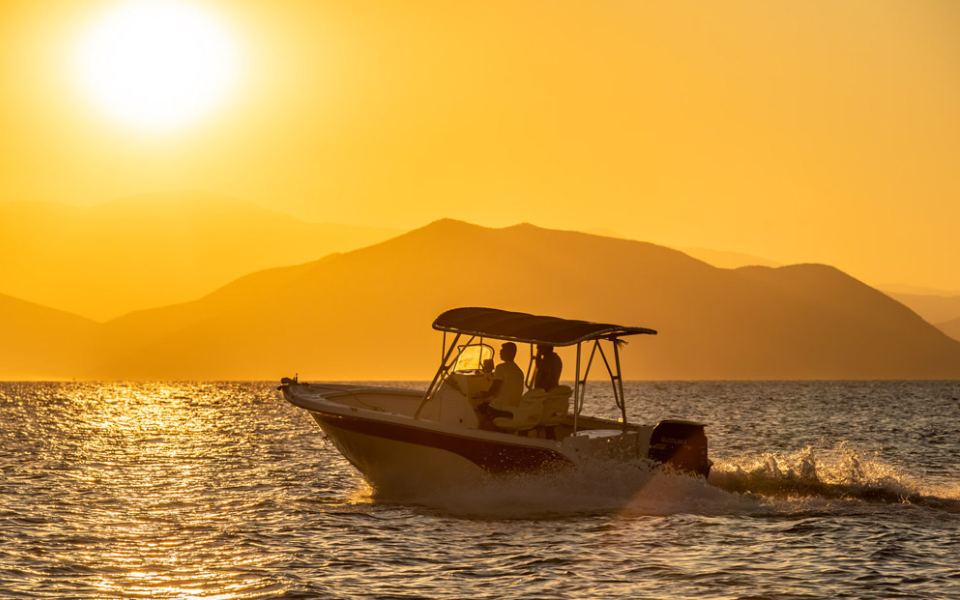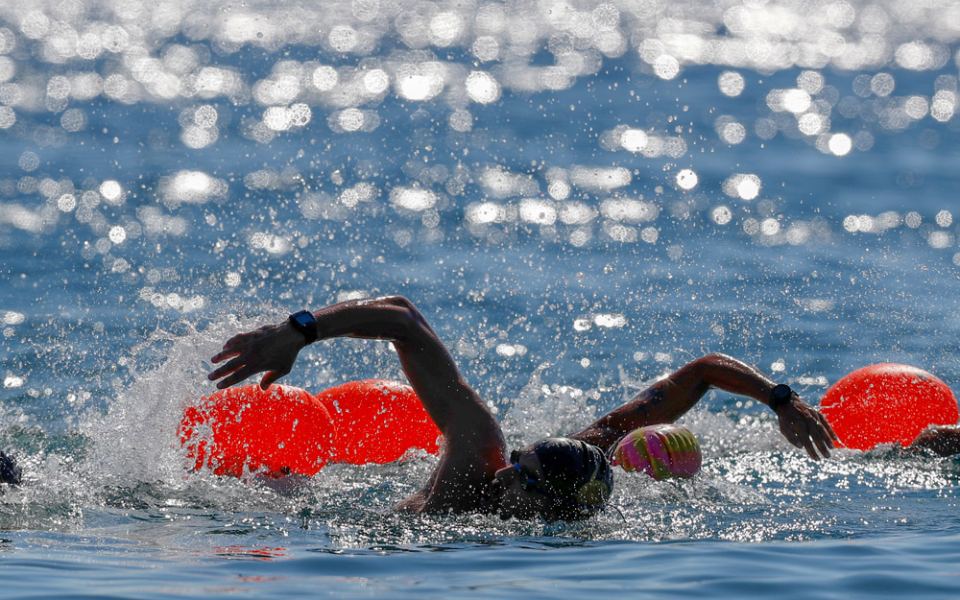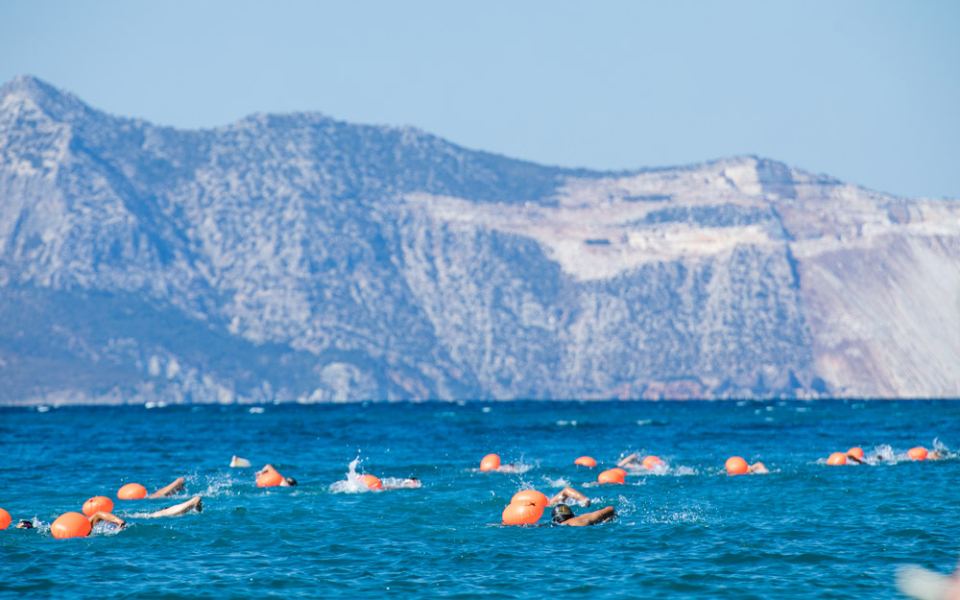Off the north coast of the island of Evia, where both the Malian and Pagasitikos Gulfs merge into the Aegean Sea, lie the infamous Straits of Artemisium. Two and a half thousand years ago, in 480 BC, the Straits were the location of an historic naval battle between the allied forces of the Greek city-states and the invading Persian fleet.
Today, near the modern village of Artemision stands the village and beach of Pefki, where this year’s Authentic Marathon Swim will take place on July 2-4.
The event, organized by the Municipality of Istiaia-Aidipsos, is open to Greek and foreign swimmers, competitive or recreational, as well as children, and features swims of 10 km, 5 km, 3 km and 1.5 km for adults, and an 800 m race for youngsters.
During the 10 km race, swimmers will undoubtedly swim over the scattered remains of shipwrecks from the famous sea battle, following the same course of history’s first-recorded “marathon swimmers,” Hydna and her father Scyllias, when they ventured out across the sea to cut the anchor ropes of the Persian navy on the eve of the conflict.

© Elias Lefas/Authentic Marathon Swim
The Battle of Artemisium
The Battle of Artemisium took place in August or September 480 BC, part of a series of armed engagements over three days during the second Persian invasion of Greece. The first invasion attempt had ended with the Persians’ defeat at the Battle of Marathon in 490 BC.
The battle in the Straits, a decade after the encounter at Marathon, took place at the same time as the Battle of Thermopylae on the nearby mainland, where a small Spartan-led force defended the narrow pass against the advancing Persian army.
It was the intent of Themistocles, the Athenian general, to block Persian progress on land and at sea, so as to delay their movement into Greek territory while he prepared a more effective defense.
The Greeks were hopelessly outnumbered. The 271 vessels that the Greek city-states had committed for this delaying action were matched against a staggering 1,207 ships of the Persian fleet.
After what might have been a misinterpretation of Persian movements, the allied Greek fleet first anchored at Chalkis, the biggest city-state of Evia. The Persian fleet, meanwhile, drew near to the Straits of Artemisium.

© Angelos Zymaras/Authentic Marathon Swim
While the Persians dropped anchor and waited for the Greek fleet, the historian Herodotus recalled how two swimmers of great renown, Hydna and her father Scyllias, swam across the open sea to the Persian ships and used their knives to cut the anchor ropes.
Suddenly, a storm arose, and the captains could not keep control of the ships. Most of the Persian vessels were damaged or destroyed, although the Greek fleet was still outnumbered.
Themistocles’ plan had been to protect the flank of the Spartan-led army at Thermopylae, but the Greek warships (triremes), heavier, slower, and less manoeuvrable than their Persian counterparts, did not fare well. Their losses were great and the Greeks were not able to hold the line.
Herodotus mentions that Themistocles ordered his men to slaughter the flocks of the Euboeans, so that they could not be used to feed the Persian forces.
After the news reached them of the defeat at Thermopylae, the Greeks realized it was pointless to continue fighting in the Straits, and they retreated to save their remaining ships, the Corinthians withdrawing first and the Athenians sailing away last.
Hydna and Scyllias were acclaimed for their efforts, and the poet Pindar praised the Athenians, too, saying that Artemisium was “where the sons of the Athenians laid the shining foundation-stone of freedom.”
For more details on the 2nd Authentic Marathon Swim this July, visit the website or go to the Facebook, Instagram, Twitter and YouTube accounts.











